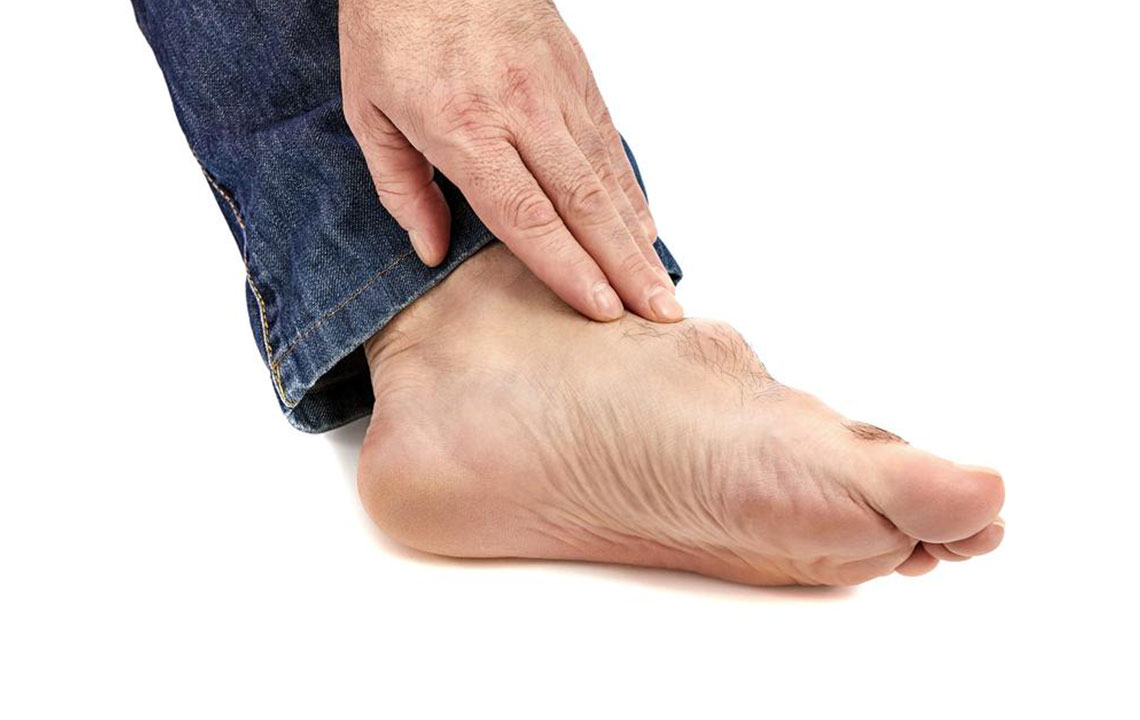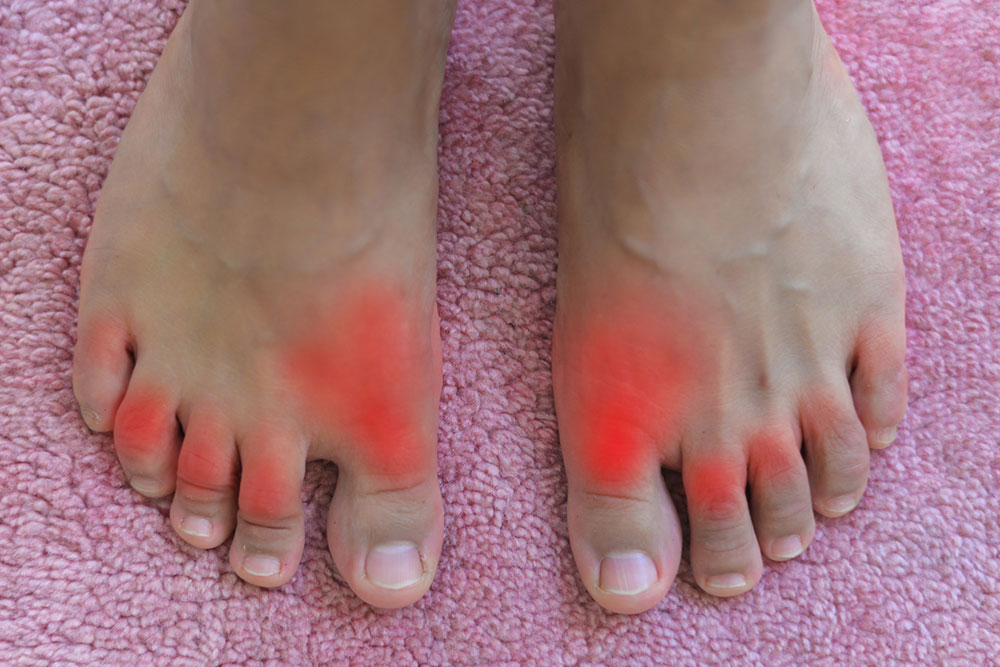Comprehensive Guide to Gout: Causes, Symptoms, and Effective Management Strategies
This comprehensive article explores gout's causes, symptoms, and management strategies. It emphasizes the importance of understanding hyperuricemia, recognizing early signs, and adopting lifestyle changes alongside medication to effectively control this painful joint disorder. The guide provides detailed insights into diagnosis, treatment options, and prevention tips, helping sufferers lead healthier lives and minimize future gout episodes.

Comprehensive Guide to Gout: Causes, Symptoms, and Effective Management Strategies
Gout is a complex joint disorder characterized by sudden and intense episodes of pain, inflammation, and redness. It results from the accumulation of uric acid crystals within the joints, which can lead to significant discomfort and long-term joint damage if not properly managed. Although it can affect any joint, gout most commonly targets the big toe, but other joints such as the ankles, knees, elbows, and wrists are also vulnerable. Understanding the underlying causes of gout, recognizing its symptoms early, and adopting effective management strategies are crucial to controlling this condition and improving quality of life.
Understanding the Causes of Gout
Gout develops primarily due to elevated levels of uric acid in the bloodstream, a condition known as hyperuricemia. Uric acid is a waste product formed when the body breaks down purines—substances found naturally in many foods and beverages. Normally, uric acid dissolves in the blood and is eliminated through the kidneys via urine. However, when the body produces too much uric acid or the kidneys fail to excrete enough of it, uric acid begins to crystallize and deposit in the joints, leading to painful episodes characteristic of gout.
Several factors contribute to the imbalance of uric acid, including genetic predisposition, lifestyle choices, and health conditions. Diet plays a prominent role; foods high in purines such as red meats, organ meats, shellfish, and certain alcoholic beverages like beer and spirits can significantly raise uric acid levels. Obesity is another risk factor, as excess body weight promotes increased uric acid production and impairs kidney function. Furthermore, kidney disease or certain medications affecting renal excretion can exacerbate hyperuricemia. Genetics also influence an individual's ability to process uric acid efficiently, increasing susceptibility to gout among certain populations.
The clinical presentation of gout is often acute, with sudden onset of pain that can be excruciating. The initial attack commonly involves the first metatarsophalangeal joint—commonly known as the big toe—causing intense pain, swelling, warmth, and redness. The affected joint may become so tender that even light pressure or touch triggers significant discomfort. As episodes recur, multiple joints may become involved, including the ankles, knees, elbows, and wrists. Chronic gout can lead to the formation of tophi, which are sizable, chalky nodules composed of uric acid crystals that develop under the skin around affected joints. These tophi can cause deformity and joint destruction if left untreated.
Diagnosing Gout
Proper diagnosis involves a combination of clinical examination and laboratory tests. A healthcare professional may perform joint aspiration, extracting fluid from the swollen joint to identify monosodium urate crystals under a microscope. Blood tests measuring uric acid levels can support the diagnosis, although elevated uric acid alone does not confirm gout, as some individuals with hyperuricemia develop no symptoms. Imaging techniques such as ultrasound or dual-energy computed tomography (DECT) can detect crystal deposits and joint damage, aiding in the diagnosis and monitoring of the disease.
Effective Treatment and Management of Gout
Managing gout involves a multifaceted approach aimed at controlling acute attacks, reducing uric acid levels, and preventing future episodes. Treatment strategies can vary based on the severity and frequency of attacks, overall health, and individual risk factors.
For minor or initial gout attacks, lifestyle modifications may be sufficient. These include dietary changes such as reducing intake of purine-rich foods and alcohol, maintaining a healthy weight, and increasing hydration. Resting the affected joint and applying ice packs can alleviate pain and inflammation during attacks.
When gout attacks are recurrent or severe, pharmacological intervention becomes necessary. Medications can be categorized into two main types: drugs for acute attacks and drugs for long-term management.
Medications for Acute Gout Attacks: Nonsteroidal anti-inflammatory drugs (NSAIDs) such as ibuprofen and naproxen are first-line treatments to reduce pain and inflammation. Corticosteroids may be administered orally or injected directly into the joint if NSAIDs are contraindicated. Colchicine is another effective option, especially when used early in a gout attack, as it helps decrease crystal-induced inflammation.
Medications for Long-term Uric Acid Reduction: The goal of these medications is to maintain uric acid levels below the saturation point, preventing crystal formation. Common drugs include allopurinol, febuxostat, and probenecid. Regular monitoring of uric acid levels and kidney function is essential during treatment to adjust dosages and reduce the risk of side effects. In some cases, uricase enzyme therapy may be considered for refractory gout.
Alongside medication, lifestyle adjustments are fundamental. Patients are advised to maintain a balanced diet low in purines, limit alcohol consumption, stay well-hydrated, and achieve a healthy weight through regular exercise. Smoking cessation and managing comorbidities like hypertension and diabetes further help in gout control.
To sum up, gout is a manageable condition with proper diagnosis, effective medication, and lifestyle modifications. Early intervention reduces the risk of joint damage and improves overall health outcomes. Patients experiencing recurrent symptoms or uncertain about their condition should consult healthcare professionals for personalized treatment plans and ongoing support.





